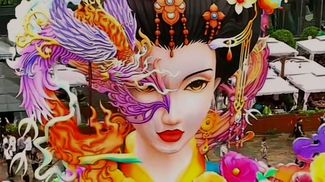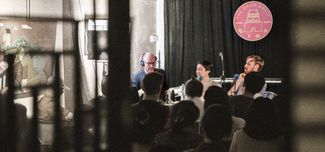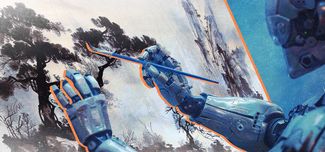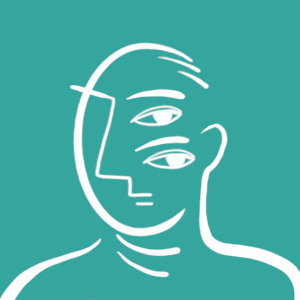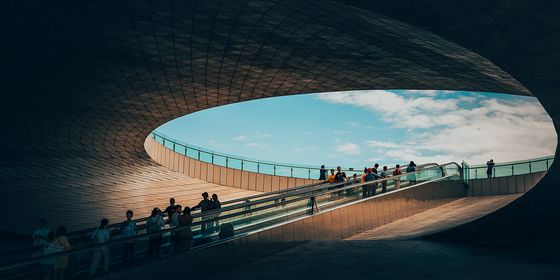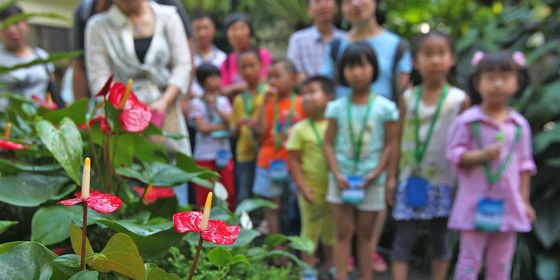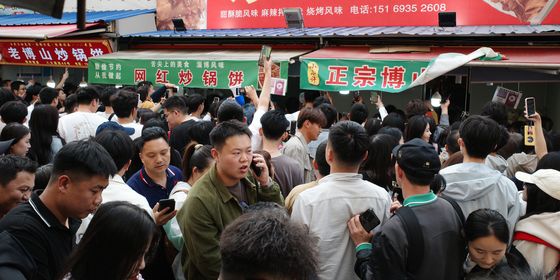Modern “cowboys” embrace the steppes of northern Hebei province as a rural escape
As we get clear of the streets of Xiaobazi, a dusty town in northern China’s Hebei province, my companions and I urge our horses into a trot, then a canter, and then, with the barest prompting, a full-blown gallop. I grip my horse’s middle as tightly as possible with my legs as we tear forward, keeping just enough of a hold to convince myself that I’m in control.
As I fall into the rhythm and let myself feel the thrill of the dry wind battering my face, I become aware of a mechanical roaring to my left, just behind me but quickly drawing level. Haohao leans out of the window and whoops at me, with other voices swelling the chorus from the darkness of the SUV’s interior.
As it turns out, the SUV isn’t just following us for the thrill of the speed. The whole thing is being filmed by Haohao, an elementary school teacher from Beijing who comes here every week to live the life of a cowboy—minus the herding, the manure-shoveling, and all the other boring parts.
Within a couple of hours, I find that I’m part of a slick video the group has posted on the Chinese short-video app Douyin, replete with slow-motion galloping, trick jumps onto the bare backs of horses, and a shot of Haohao wearing low-slung denim shorts that show her midriff. Her high leather boots look like they chafe painfully on the legs, but get a murmur of approval from the men who have gathered around to watch as we discuss the day’s ride in the makeshift tavern some of the locals have set up to sell tea and snacks to saddle-sore riders.
In Xiaobazi, located in the Bashang Grasslands over 100 kilometers north of Beijing, every wall is painted with primary-color murals of Mongolian horse-lords in heroic poses: drawing bows at full gallop, or surveying the plains with hunting falcons perched on their gloved fists.
Among the real-life riders, though, there is not a single steppe warrior in sight. Instead, most are urban professionals in early middle age, dressed in the exotic garb of a land over 10,000 kilometers away: Texas. “It’s mainly because it’s more practical,” says Xiaolin, a 40-year-old rider who owns an electronics store in Beijing. “We like the colors of [American] cowboy costumes, and Mongol clothing is kind of drab.”
Like many other leisure activities, horse riding has taken off significantly in China over the last decade. Between 2017 and 2019, the number of riding clubs in China doubled from 900 to over 1,800. Upscale riding clubs in Shanghai, like the Country Down Club, charge annual membership fees equivalent to 8,400 USD and cultivate an elitist image.
Xiaobazi, however, caters to the lower end of the market. Bashang, which covers an area of some 16,000 square kilometers, is the nearest grassland to Beijing and was once the exclusive hunting ground for emperors of the Qing dynasty (1616 – 1911).
Create a free account to keep reading up to 10 free articles each month
Saddle Up: Riding with China’s New “Cowboys” is a story from our issue, “Upstaged.” To read the entire issue, become a subscriber and receive the full magazine.


